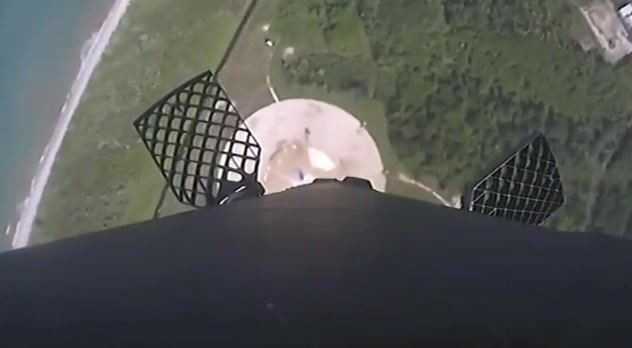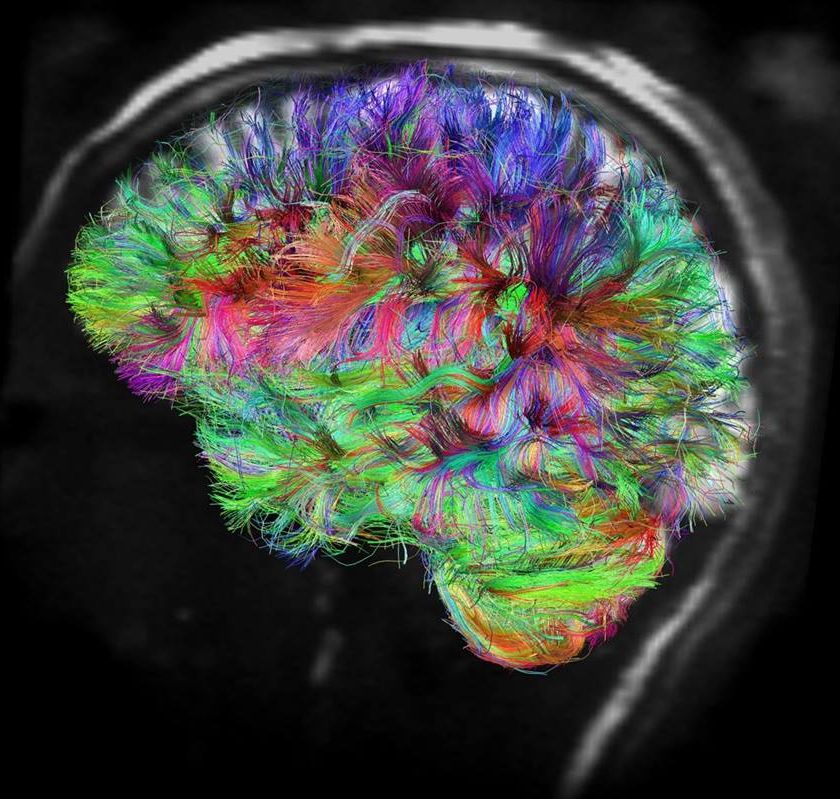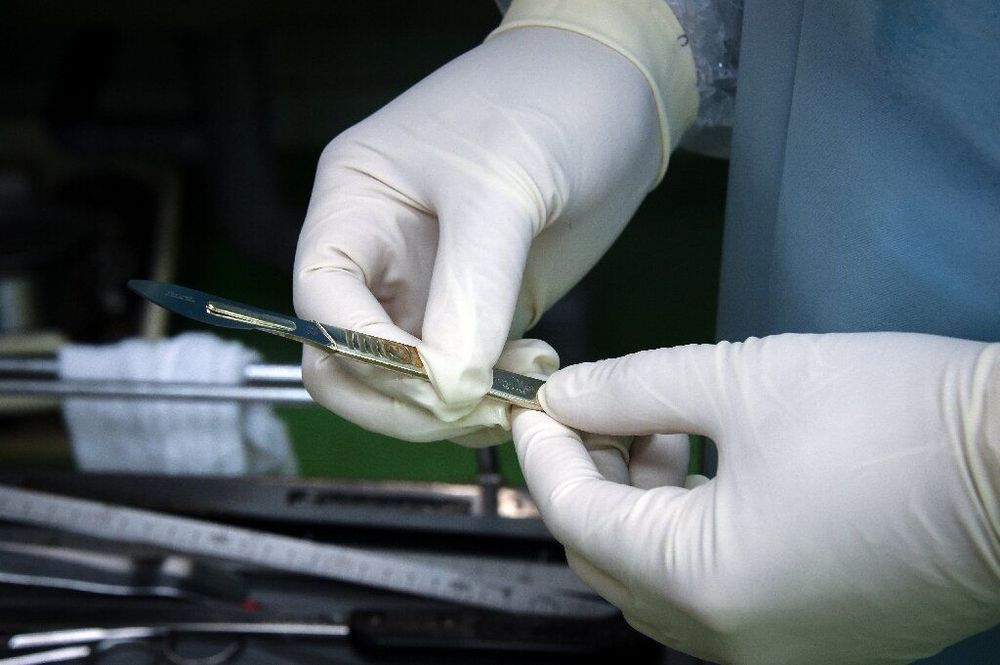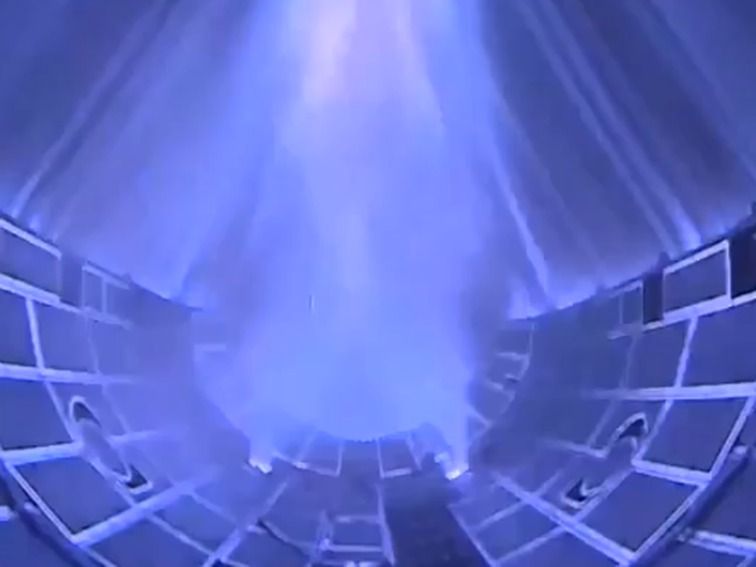Archive for the ‘electronics’ category: Page 58
Jul 24, 2019
Fujifilm’s first surveillance camera can read a license plate from 1km away
Posted by Genevieve Klien in categories: electronics, surveillance
Jul 20, 2019
SDCC 2019: Star Trek Panels Detail Picard, Discovery, And Lower Depths
Posted by Genevieve Klien in category: electronics
Now Playing: Star Trek: The History of Jean-Luc Picard.
There’s a lot happening in the Star Trek TV universe, and much of it will feature at the franchise’s San Diego Comic-Con event later today, Saturday, July 20. Details of what fans can expect from the various Star Trek panels have now been announced. [Update: The panels are ongoing, but we’ve already learned a lot. Check out the links below for all of our coverage.].
Jul 19, 2019
Virtual reality glove system takes shape in digital realm
Posted by Quinn Sena in categories: electronics, virtual reality
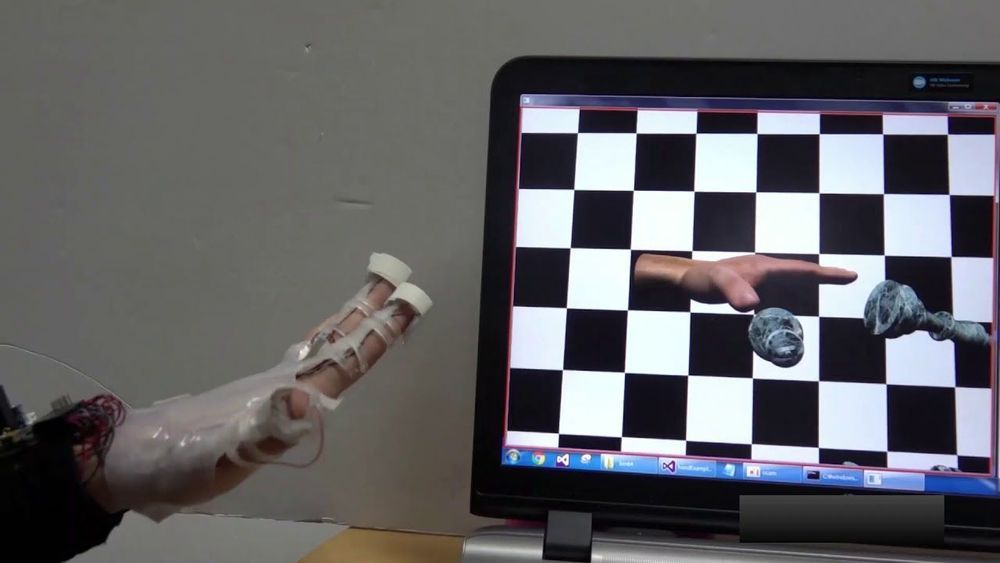
A glove focused on user experience in interacting with virtual objects is in the news. This virtual reality glove is the topic of a research article. The researchers described their virtual reality glove in detail in their paper, “Pneumatic actuator and flexible piezoelectric sensor for soft virtual reality glove system,” in Scientific Reports.
No, this is hardly the first instance of researchers able to reproduce texture but this attempt is noteworthy. As pointed out in natureasia.com, the glove system in this instance is one that allows the wearer to manipulate a virtual hand, pick up an object in virtual reality and feel its shape.
Continue reading “Virtual reality glove system takes shape in digital realm” »
Jul 15, 2019
Rare Human-Sized Giant Jellyfish Caught On Camera
Posted by Quinn Sena in category: electronics
Jul 13, 2019
The 80-Year-Old CrossFitter | TRULY
Posted by Paul Battista in categories: electronics, transportation

SUBSCRIBE to Barcroft TV: http://bit.ly/Oc61Hj
BIRTHDAY celebrations are usually a time for decadence and partying until the small hours – that is unless you’re a fitness obsessed octogenarian! Jacinto Bonilla, 80, from New York, celebrated his eightieth birthday on 3 July by completing 80 double-unders on a jump rope, followed by 80 squats, 80 push-ups, 80 pull-ups, 80 wall ball shots, 80 kettlebell swings, 80 deadlifts with a 90-pound weight – ending with another round of 80 double-unders. Every year since he turned 69, the so-called “grandfather of CrossFit” has added one rep to his brutal trademark birthday workout – the Jacinto Storm. Follow his story here:
https://www.instagram.com/crossfit1939
Jul 11, 2019
ideaXme — Eugene Borukhovich, Global Head, Digital Health Incubation (G4A) at Bayer — Ira Pastor
Posted by Ira S. Pastor in categories: aging, big data, bioengineering, biotech/medical, business, computing, drones, electronics, finance, health

Jul 8, 2019
Surgery restores arm function in some paralysed patients: study
Posted by Paul Battista in categories: biotech/medical, electronics
Surgeons in Australia have managed to restore arm function in paralysed patients, allowing them to feed themselves, use tools and handle electronic devices, according to the results of a groundbreaking study released Friday.
Thirteen young adults who had suffered spinal injuries rendering them tetraplegic underwent several operations and intense physiotherapy in the largest ever application of a technique known as nerve transfer surgery.
A team of surgeons succeeded in attaching individual nerves from above the zone of the spinal injury to nerves below the trauma site. The functioning nerves were then used to stimulate paralysed muscles below the injury zone.
